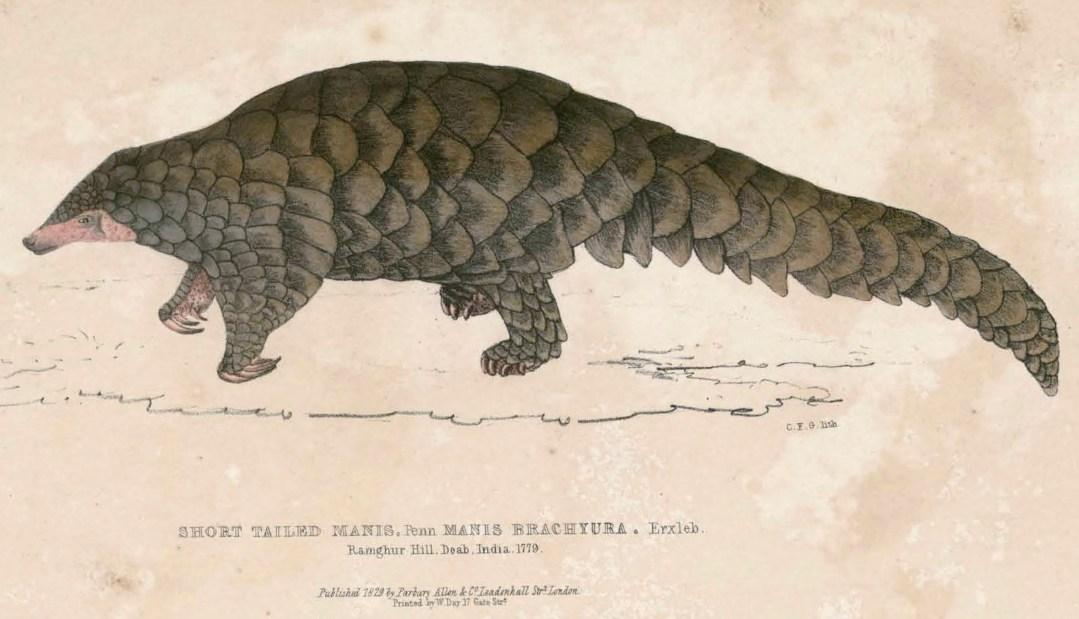What seems more important than that story right now, though, is whether knowing about evolution can tell us anything about the coronavirus outbreak now apparently spreading out from Wuhan, China. People have a lot of questions, and news coverage often doesn't get much further than reporting the number of cases, the number of deaths, and alternatingly soothing and alarming quotes from public health officials, academics, and politicians. I'm neither a physician, nor a public health researcher, nor a coronavirus expert, but I do know something about influenza—and evolution—so I'll do my best.
To figure out what kinds of questions were coming up in classrooms, I asked NCSE's Teacher Ambassadors what their students were asking and whether they were seeing evidence of misconceptions among their students. Here are some of their responses:
- "Students had questions about its transmission, incubation, mortality rate, why did it emerge in China, and whether the news is sensationalizing the reporting of the virus. One student heard that the virus can spread 40 feet and infect the eyes."
- "The first misconception that comes up is that because students see it in the news daily, they assume it is extremely deadly. We have had to unpack the difference between contagious and deadly."
- "The biggest issues I'm seeing is the overhyping of this current outbreak compared to more 'common' (yet super deadly) diseases like influenza. In fact I'm sharing this article with my students today along with an update on the current situation with COVID-19. We don't know how bad this will ultimately be, but flu kills tens of thousands in the US alone each year."
- "Not necessarily a misconception, but students are not very aware of the fact that these types of outbreaks are not a new thing. This has provided a great context to delve into the history of emerging infectious diseases in an increasingly global society."
- "How does it compare to other viruses like influenza? Another issue to address might be how new strains of viruses like this come about. Not so much from students, but I've seen claims about people eating bats or the general "dirtiness" of the Chinese people as being the source of the virus, which feeds into/draws from old, offensive tropes about foreign people. Discussing how viruses mutate, and how a virus can cross species lines, would probably be worthwhile in stemming the worst of these rumors."
Wow—what a bunch of great questions. I'm going to break them down into four groups.
How bad is it—especially compared to other diseases, like flu?
Well, what do we mean by bad?
- How deadly is it? To find the mortality rate, you simply divide the number of deaths by the number of cases, and those numbers keep changing. As of February 12, 2020, the number of reported symptomatic cases is 45,213 and the official number of deaths is 1118, a mortality rate of 2.4%. That's a little less than the 1918 flu (estimates of mortality vary from 2.5 to 4%) and a lot less than the last couple of emergent coronaviruses (SARS ~11% and MERS ~35% ). But it's a lot higher than your average seasonal influenza virus, for which the mortality rate is ~0.12%.
- How many people might die? The relatively low mortality rate is reassuring, but another way we might define bad is not by the chance that one infected person will die but by how many people will die altogether. Of course, to answer that question, you have to know the total number of cases, and we are far from knowing the answer to that question. There were 8422 confirmed cases of SARS and 1569 cases of MERS. In total, the two viruses killed 1,470 people. By contrast, during the 2017–2018 flu season, the influenza virus infected 49,000,000—yes, 49 million—people. So even though its mortality rate of 0.12% seems pretty low, it still killed 61,000 people. The number of novel coronavirus infections is still going up rapidly and new cases are emerging in many countries. The final total will depend on how successful containment measures are.
- Who, exactly, is in danger of dying? If we take the worst-case scenario and the virus spreads worldwide, how dangerous is it for you personally or someone you care about? General numbers about mortality rates and overall mortality don't really matter when you're thinking about yourself or someone you love. Again, we don't have all the answers yet, but most reports say that about 80% of deaths are in people over 60 years of age, most of those with pre-existing health conditions that put them at higher risk. This pattern is also found in influenza; about 88% of seasonal influenza deaths are in people over 65 years of age. Very young children (under 2 years of age) and people with underlying medical conditions like asthma, heart disease, or immunosuppression are at higher risk.
How does it spread?
This is still not known for sure. The virus definitely spreads from person to person and it seems that each person, on average, gives the virus to 2 or 3 additional people. That means the virus will continue to spread unless it can be contained within a population. Eventually, as the number of infected people goes up, the number of people who can be infected will go down and the outbreak will slow down and eventually stop. But a brand-new virus like this one, a virus that no one has any pre-existing immunity to, may take a long time to run out of vulnerable people. (The principle behind this is the same one that we call "herd immunity" when it comes to vaccination; for a virus to continue to spread, there has to be an unbroken chain of transmission. It isn't necessary that every single person be vaccinated against a disease, just that enough people are protected that a sick person has a much lower chance of encountering someone who isn't vaccinated.)
Viruses mutate—is COVID-19 going to get worse?
The answer depends on what you mean by worse. If you are wondering whether it will mutate in a way that results in more severe illness, probably not. Think about it from an evolutionary perspective. The sicker the patients are, the more likely they'll be at home or in a hospital, not out in the community where they might pass the virus on to others, so a mutation that causes more severe illness would be less likely to spread widely. At the other end of the spectrum, a variant that caused no symptoms at all might not spread very well because the patients wouldn't be coughing and sneezing. Between the contrary pressures of not making patients too sick too fast versus not causing any symptoms at all, evolutionary theory would suggest that the mutations that are most likely to spread would be those that cause milder illness. Of course the same virus can cause very different symptoms depending on the age and health of the patient. Even a virus that is becoming less dangerous on average could still cause a lot of severe illness and even deaths.
Where did it come from?
Here's where understanding a little bit about evolution is especially helpful. When we talk about biodiversity, we may not think of viruses, but in fact there's as much or more diversity among viruses as among animals, plants, or even bacteria. Viruses are diverse, but their survival depends on very specific interactions with living cells. They cannot reproduce themselves; they need to gain entry to a cell and commandeer the cell's protein-making apparatus to churn out new copies of the virus.
 of the pandemic.
of the pandemic.

